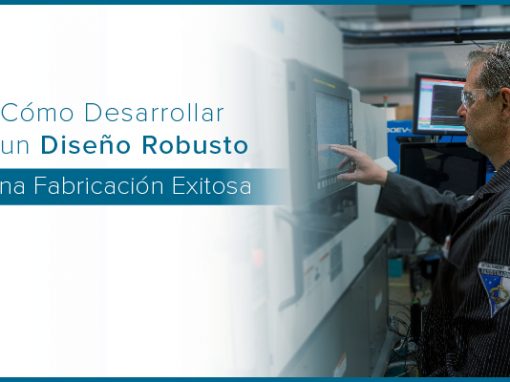Tip of the Day 38: The Rest of ‘em
We have covered Machine Sequence / Injection Forward and Machine Sequence / Fill ad nauseum. Let’s complete the punishment by covering the rest.
Sequences Dependent on External Inputs
- Machine Sequence / Screw Run:
Usually goes on and off with the Seq. Module Input / Screw Run, directly matching the sequence input.
Can also use thresholds on Revolution Rate / Screw Motor (as in the Sumitomo Oscillograph Interface), Hydraulic Pressure / Screw Motor or Flow Switch / Screw Motor. The last one has not yet been built as a product.
Remember: Each of these is designed to go ON when the motor starts turning and OFF when it stops (NOT after suck-back).
- Machine Sequence / Mold Clamped
This signal directly follows Seq. Module Input / Mold Clamped.
If you have no Seq. Module Input / Mold Clamped but do have both Seq. Module Input / Mold Opening and Seq. Module Input / Mold Closing then the sequencer will create Machine Sequence / Mold Clamped. It will use the end of Mold Closing for Mold Clamped ON and the start of Opening for Mold Clamped OFF.
- Machine Sequence / Machine in Manual
This signal directly follows the Seq. Module Input / Machine in Manual.
If you have Seq. Module Input / Semi-Auto or Auto then the sequencer inverts it and creates an internal Seq. Module Input / Machine in Manual.
- Machine Sequence / Mold Opening and Mold Closing
These signals simply follow the action of their respective Seq. Module Inputs. The sequencer will also use them to create Machine Sequence / Mold Open like it does with Mold Clamped. Machine Sequence / Mold Open will go ON when Opening goes off and OFF when Closing goes ON.
Sequences Generated by the Sequencer
These Machine Sequence signals have no corresponding Seq. Module Input signal in the “real” world. Instead they are derived entirely from the other sequence signals. The eDART uses them to do internal computations (e.g. Average Value / Pack Speed) or for teaching people the stages of a process.
- Machine equence / Pack
Goes ON at the end of Machine Sequence / Fill and OFF at the end of Seq. Module Input / 1st Stage. If the eDART is doing V->P control then it will also go off at the V->P transfer point (when Control Output / V->P Transfer goes ON).
- Machine Sequence / Hold
Goes ON when Machine Sequence / Pack goes off. If there is no Pack (i.e. no V->P control or 1st stage) then Machine Sequence / Hold goes on when Machine Sequence / Fill goes off. The eDART assumes a 2-stage process in that case. Hold then goes off at the end of Injection Forward.
If you provide the eDART with a Seq. Module Input / Second Stage then it the sequencer will make Machine Sequence / Hold match it.
- Machine Sequence / Plastic Cooling
Goes ON when Machine Sequence / Fill goes off and OFF at the last point in the cycle when the part could be cooling. If you have Mold Clamped. then it uses the end of Machine Sequence / Mold Clamped. If not it will use the end of Screw Run. If you have a Mold Open signal then this will be the end of the cooing point.

